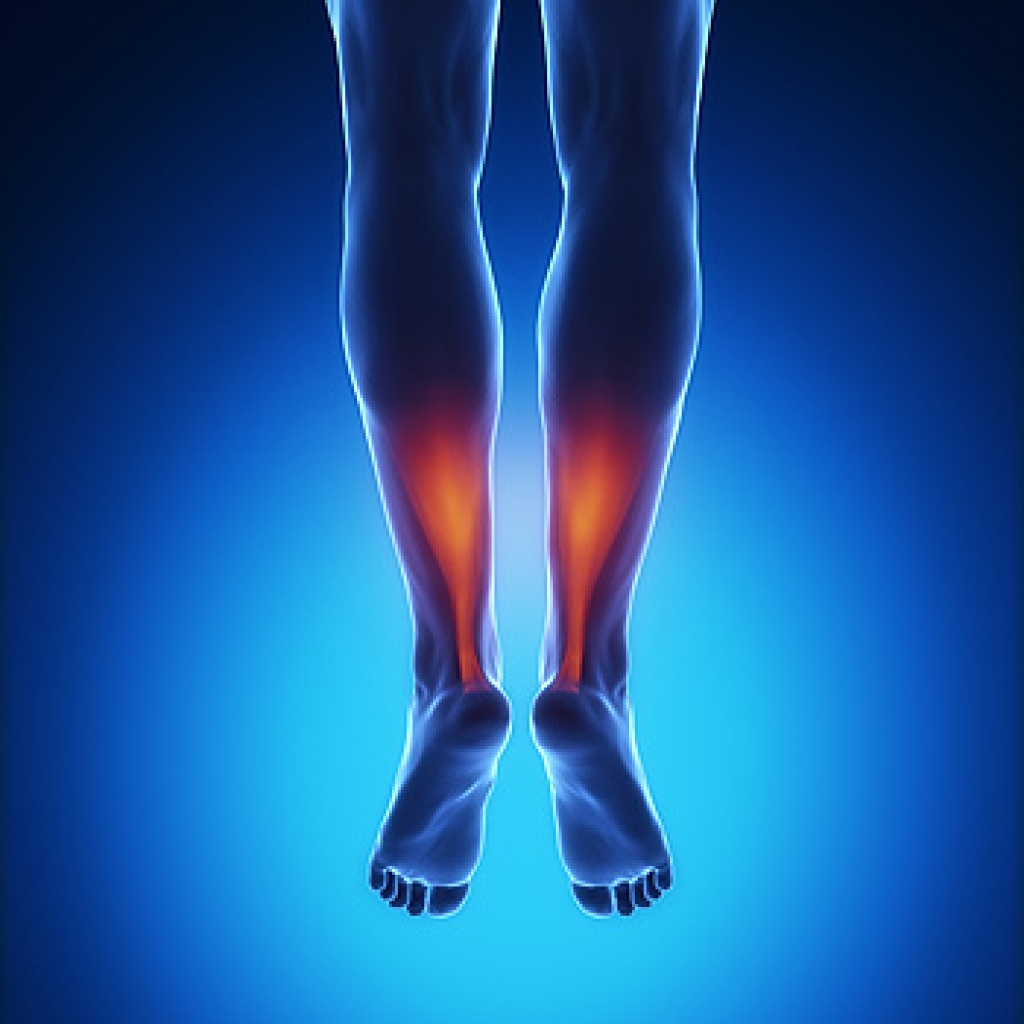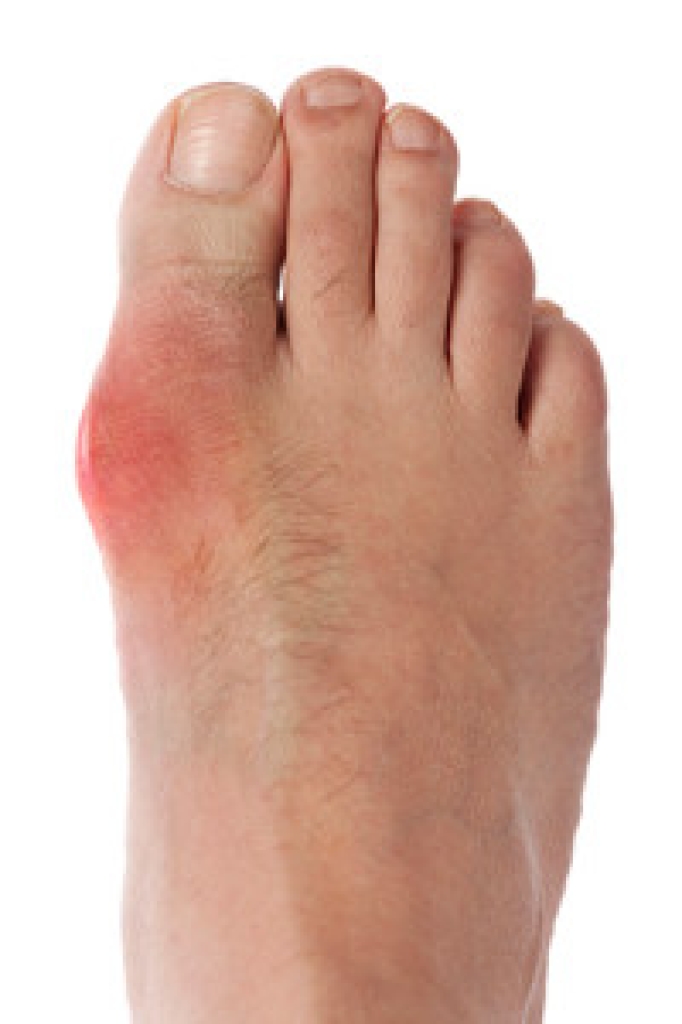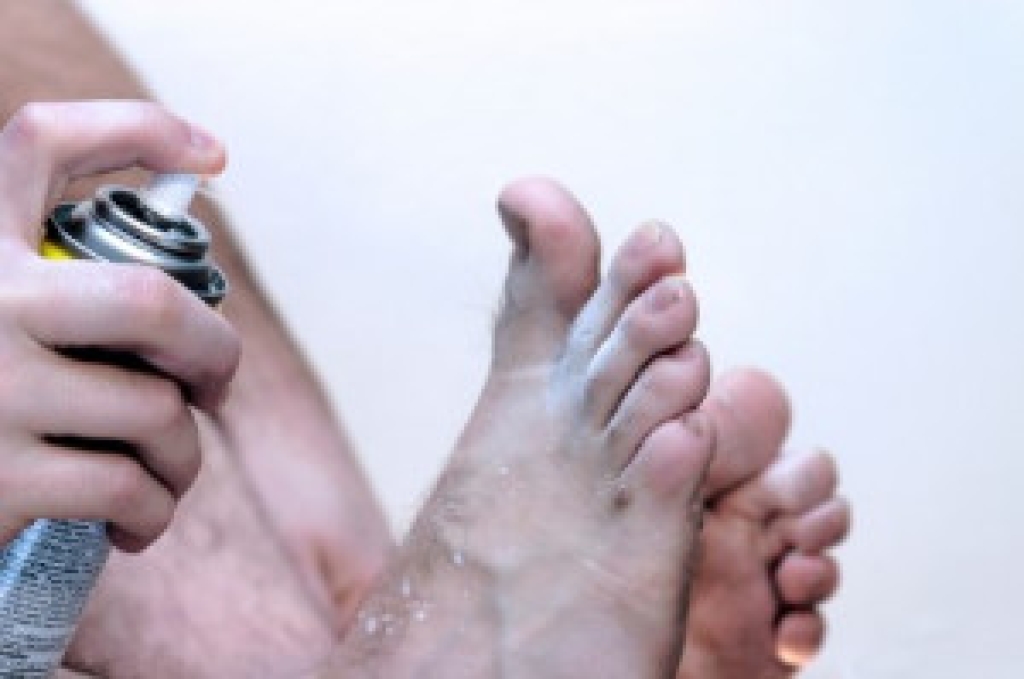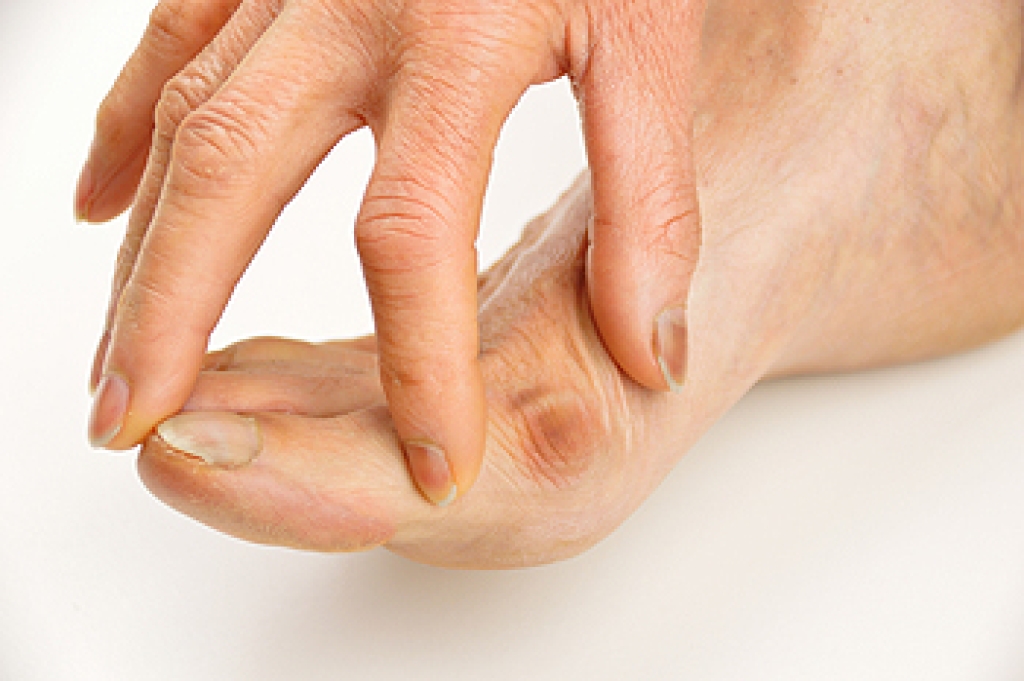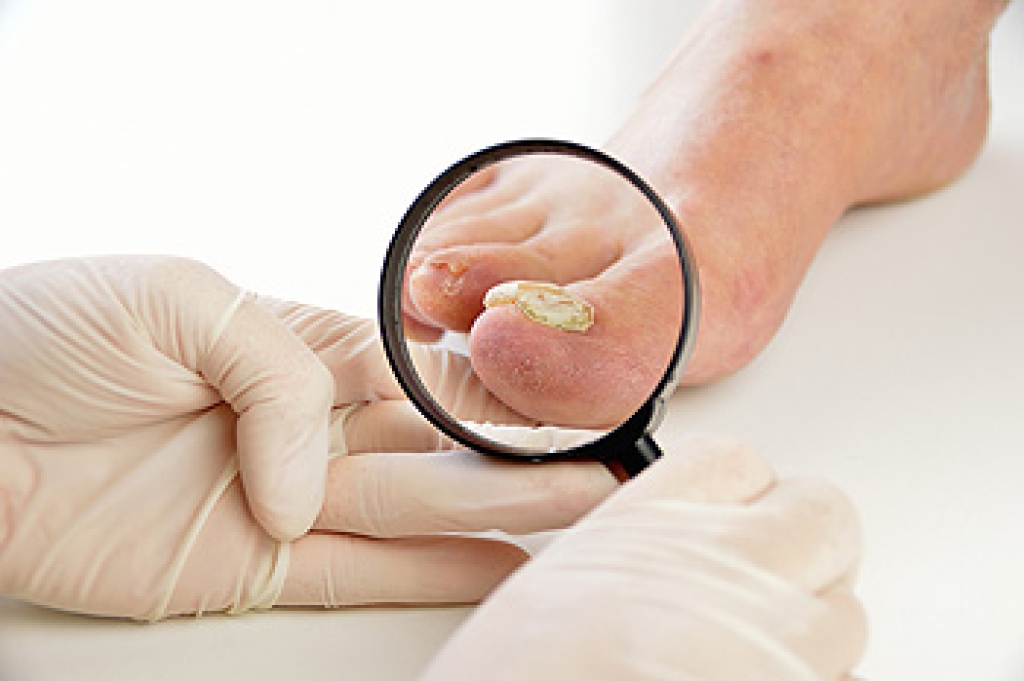 Onychomycosis, more commonly known as Toenail fungus, affects approximately half of all Americans by the age of 70. This fungal infection occurs when microscopic fungi gains entry through a small trauma in the nail, and the growth process arises due to moisture from the patient’s socks and shoes. Common symptoms of toenail fungus include swelling, crumbling, thickening, and yellowing of the nail. In certain cases, some may even experience a complete loss of the nail itself. Toenail fungus can be caused by walking around in damp areas such as gym locker rooms, shower stalls, or swimming pools. The condition can easily spread from one person to another or even to other parts of the body. Those with diabetes should be especially careful when it comes to toenail fungus, because they are at an increased risk of contracting it. This may be due to the fact that diabetics have a compromised immune system.
Onychomycosis, more commonly known as Toenail fungus, affects approximately half of all Americans by the age of 70. This fungal infection occurs when microscopic fungi gains entry through a small trauma in the nail, and the growth process arises due to moisture from the patient’s socks and shoes. Common symptoms of toenail fungus include swelling, crumbling, thickening, and yellowing of the nail. In certain cases, some may even experience a complete loss of the nail itself. Toenail fungus can be caused by walking around in damp areas such as gym locker rooms, shower stalls, or swimming pools. The condition can easily spread from one person to another or even to other parts of the body. Those with diabetes should be especially careful when it comes to toenail fungus, because they are at an increased risk of contracting it. This may be due to the fact that diabetics have a compromised immune system.
If left untreated, toenail fungus may spread to other toenails, skin, or even fingernails. If you suspect you have toenail fungus it is important to seek treatment right away. For more information about treatment, contact one of our podiatrists of APEX Foot & Ankle Center. Our doctors can provide the care you need to keep you pain-free and on your feet.
Symptoms
- Warped or oddly shaped nails
- Yellowish nails
- Loose/separated nail
- Buildup of bits and pieces of nail fragments under the nail
- Brittle, broken, thickened nail
Treatment
If self-care strategies and over-the-counter medications does not help your fungus, your podiatrist may give you a prescription drug instead. Even if you find relief from your toenail fungus symptoms, you may experience a repeat infection in the future.
Prevention
In order to prevent getting toenail fungus in the future, you should always make sure to wash your feet with soap and water. After washing, it is important to dry your feet thoroughly especially in between the toes. When trimming your toenails, be sure to trim straight across instead of in a rounded shape. It is crucial not to cover up discolored nails with nail polish because that will prevent your nail from being able to “breathe”.
In some cases, surgical procedure may be needed to remove the toenail fungus. Consult with your podiatrist about the best treatment options for your case of toenail fungus.
If you have any questions please contact our offices located in Fort Myers, Shellpoint, and Naples, FL . We offer the newest diagnostic and treatment technologies for all your foot and ankle needs.
